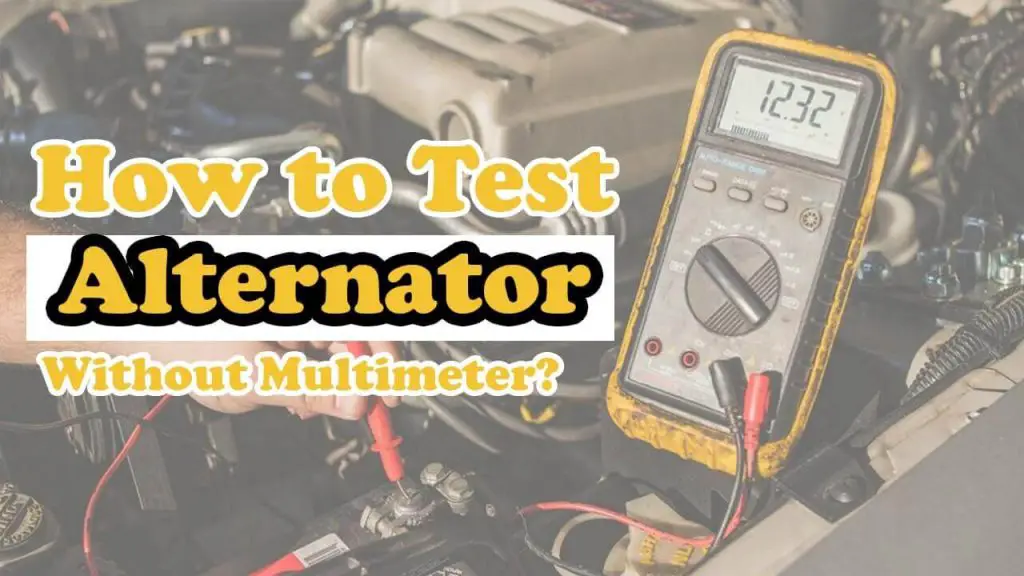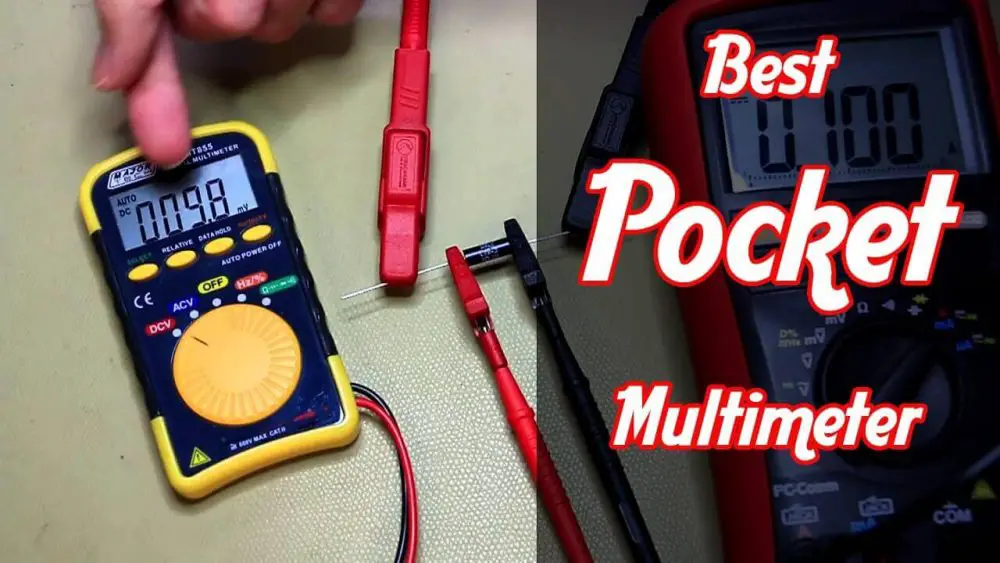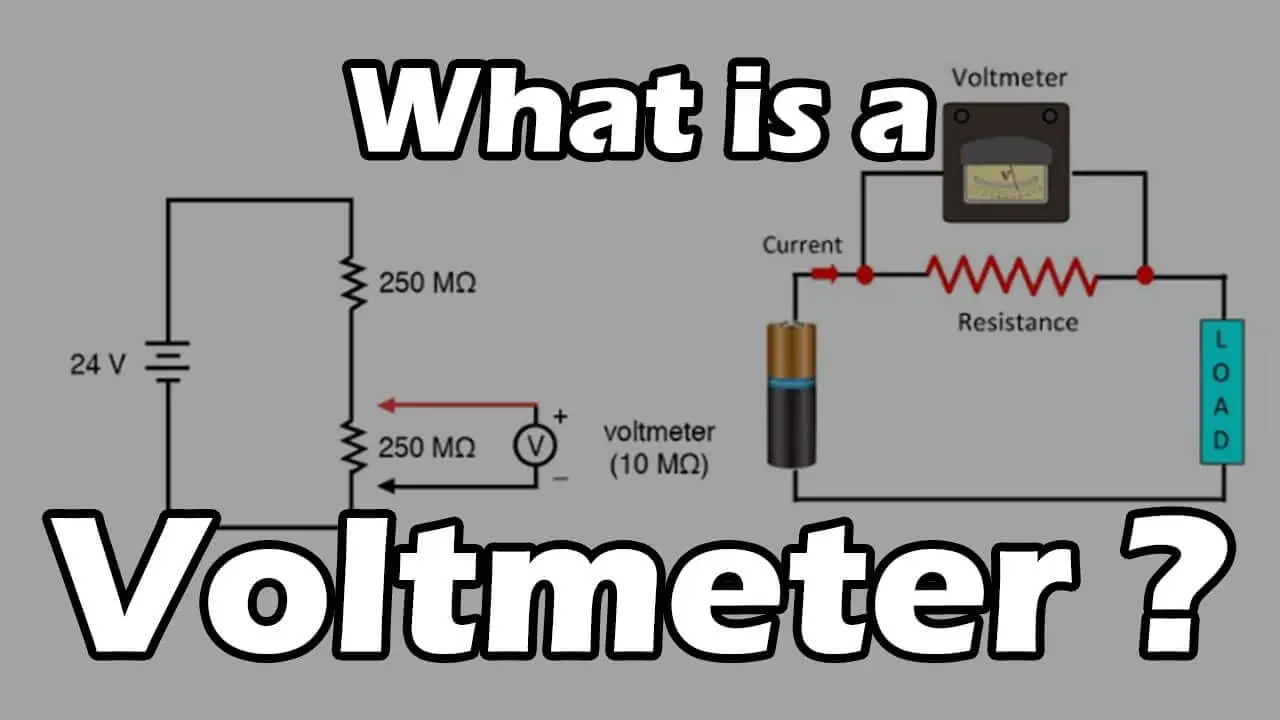How to Test Alternator without Multimeter?
This post will go through numerous methods for testing an alternator without the use of a multimeter. A voltmeter is an alternate device that can assist you in identifying a problem. Another option is to perform a manual check. When you don’t have a multimeter or don’t know how to use one, checking manually is usually your only choice.
This guide will help you in checking your car alternator without the use of a device. It will be a difficult task to check if you are checking it for the first time, but the following ways can help you a lot to produce positive results.
Table of Contents
What is an alternator?
An alternator is a mechanical device that converts the chemical energy of a motor into electricity, which is used to power the vehicle.
The alternator is undoubtedly the most important part of a car. Automotive alternators are used to convert the power from the engine into electricity that is used by the vehicle. They are made up of two parts: an AC (alternator) and a DC (direct current) part. The AC part converts the engine’s electrical energy into DC electricity that powers all other electronics in the vehicle such as lights, wipers, etc. The DC part allows for fast charging of batteries when they run low on power or need more time to charge up fully.
The alternator life cycle is similar to that of a car, in that it is an encapsulated and designed system with a specific function. It consists of various components, including a generator, magneto coil, and stator, which are assembled in an enclosure and connected to the power grid via cables. When they receive power from the grid, they convert it into mechanical energy.
Use of an Alternator in a car:
Note: Use work boots for electricians to protect yourself from electrical shocks.
Your car alternator is the heart of your vehicle. It is the responsibility of starting the engine, supply electricity to all other components, and keeping them operational. It’s called a starter motor because it starts the engine when you turn on the ignition switch and provides power to all other parts of your vehicle.
The start of the motor is a crucial component of the car. It is responsible for starting the engine, providing power to all other components, and keeping them running.
A starter motor has two parts: an electrical coil and a magneto-generator. The coil is usually located in the front of the engine and receives electricity from the battery. The magneto-generator is usually located in the back of the engine and receives power from a generator through a wire or directly from an AC adapter (alternator). When you turn on your ignition switch, either by pressing it or by using your foot on it, this starts up your car’s electrical system, which then provides power to all other components of your car such as wheels, brake system, etc.
Methods for checking your car’s alternator without a multimeter
Check Through Manually:
The most well-known alternator test performed without a multimeter is to switch on your engine and disconnect the negative terminal of the battery while it is running. This will not affect your engine if the alternator is in good working order.
A car’s alternator is a very important part of the car. It generates electricity to run the engine and therefore changes its performance according to the state of the engine. It is one of the most critical parts of a car as, without it, there would be no power to drive the engine properly.
Note:
If you have not Voltmeter you can check here Recommended Voltmeter:
Check Through Voltmeter:
Before you start checking the alternator, make sure the battery is fully charged or at least well-charged.
- Let’s start checking with Voltmeter, With the engine switched off Connect the voltmeter and battery by connecting the red lead to the positive terminal (+) of the battery. Similarly, connect the black probe to the battery’s negative terminal (-).
- Check the voltmeter; if the battery voltage is between 12.5 and 12.8 volts, then enough power to do the testing. Otherwise, you must charge the battery.
- After that, start the engine and check the voltmeter. If you notice an increase in voltage like 14 to 14.7 volt, your alternator is working properly.
Precaution:
If your car’s alternator fails, it should be replaced immediately. However, replacing the unit is not always possible because there are numerous conditions (such as engine failure) that could cause the alternator to fail, leading to a risky situation on the road.
Frequently Asked Questions:
A flashing dashboard light could indicate a problem with the charging system of the car. Starting the car and disconnecting the positive battery terminal, It’s a pretty straightforward approach to see if the alternator is working. If the vehicle stops running, the alternator is most certainly damaged.
Many people believe that hitting the alternator with a hammer is all that is required to get it to work. This is not something you should do because it will damage you.
Conclusion:
We have learned how to test an alternator without disconnecting your vehicle’s battery. The final thought, If your car is “behaving” and doing unusual electrical things, leave it to the professionals. your mechanic is likely to have all of the necessary tools to determine what is wrong with your car.
Read more:
How to test a car fuse with a multimeter





